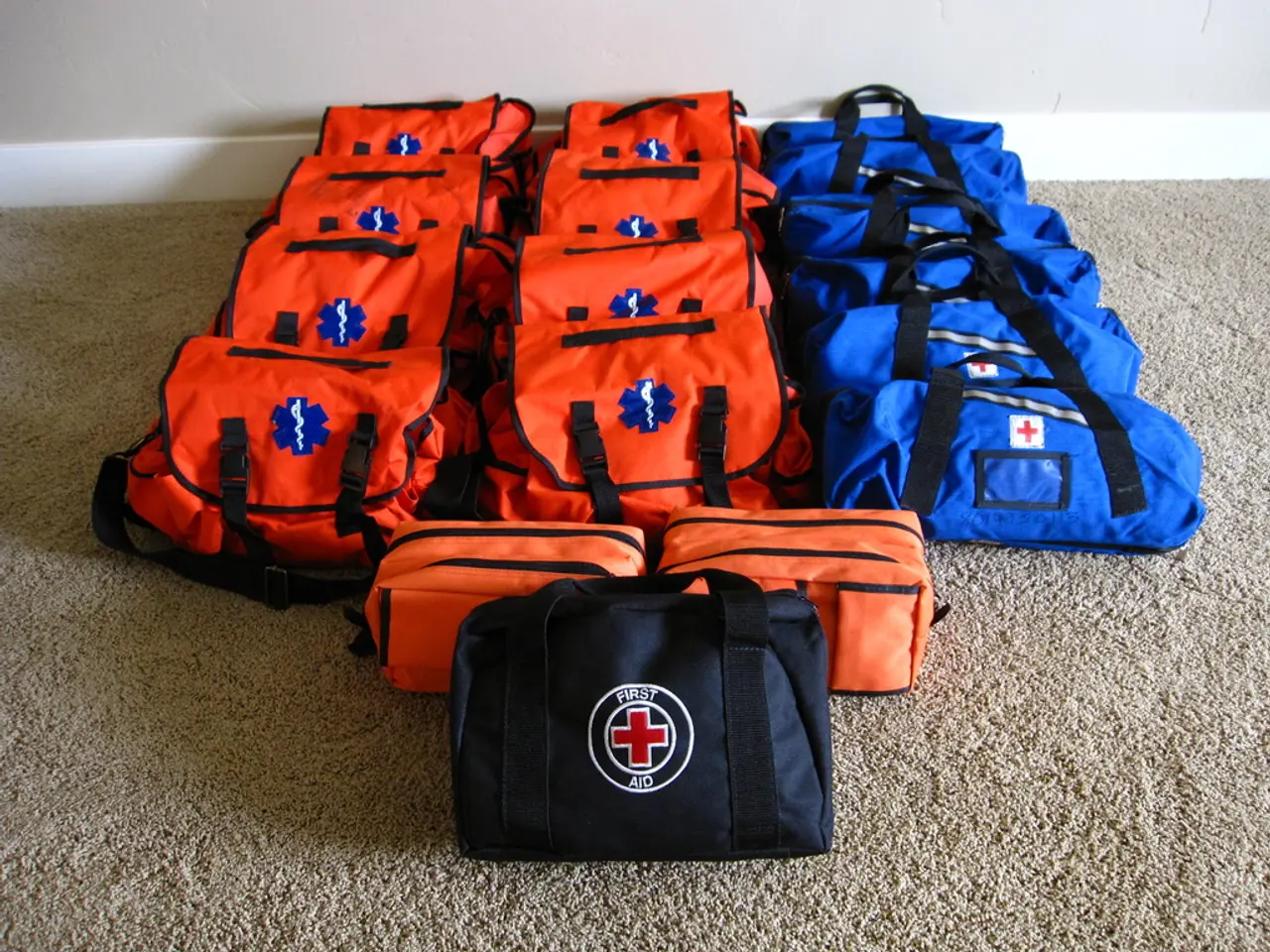International Red Cross in Bolzano, Italy, on May 25, 1945
In the aftermath of World War II, both Switzerland and the United States played significant roles in providing aid to refugees in Europe. However, their roles differed notably.
Switzerland, with its neutrality and tradition of providing asylum, responded primarily with humanitarian efforts. The country welcomed many displaced persons and refugees fleeing war-torn regions such as Italy's Istria and Dalmatia, as well as other areas affected by border changes and ethnic displacement. Swiss authorities and organizations provided food, shelter, and medical aid to refugees arriving from these territories as part of broader refugee relief efforts in Europe.
On the other hand, the U.S. Army was involved in refugee care as part of its military governance and occupation duties in liberated and defeated countries, including Austria and Italy. The Army managed displaced persons camps, organised relief distribution, and coordinated with civilian agencies to stabilise populations affected by war. This included overseeing refugee welfare to prevent humanitarian crises and maintain civil order in occupied territories.
In Italy, the post-war situation resulted in large movements of refugees and displaced persons due to border changes and ethnic hostilities, such as the Istrian-Dalmatian exodus. The Swiss helped respond to this crisis through humanitarian aid, while the U.S. Army, as part of the Allied occupation forces, contributed to stability and refugee management as part of military governance.
In Austria, under Allied occupation, the U.S. Army administered refugee relief efforts and managed displaced persons camps as part of military governance, collaborating with international refugee organizations to assist populations uprooted by the war and Nazi persecution.
A notable event occurred in May 1945 in South Tyrol, where a significant refugee flow was anticipated. However, the number of people attempting to flee was significantly lower than expected. Approximately 90,000 people from the north flooded into South Tyrol in the second half of May, but fewer than fifty people were attempting to pass through the roadblocks daily in Gossensaß and Innichen.
This unexpectedly low number may have alleviated some pressure on the Allied authorities, who were dealing with a smaller number of refugees than anticipated. The American authorities in Gossensaß and Innichen were counting the number of refugees attempting to pass through roadblocks, and the Swiss Committee was working on care plans for refugees in Northern Italy and Austria.
Despite this, the refugee crisis in South Tyrol was still too large for the Allies to handle effectively. The Allies requested the help of the International Red Cross to coordinate the refugee flow due to their inability to transport or adequately provide for such large numbers of refugees.
In conclusion, while the Swiss provided humanitarian care and asylum as a neutral country, the U.S. Army managed refugee care primarily through military governance and relief operations within the context of occupation and stabilisation of Italy and Austria after World War II.
- Despite Switzerland's focus on humanitarian aid and asylum in the post-war period, the U.S. Army in Italy and Austria also played a crucial role in managing refugee crises, providing relief, and maintaining civil order.
- In the realm of general news and politics, the refugee crisis following World War II not only highlighted the need for humanitarian aid but also underscored the role of military powers in addressing such crises within the context of war-and-conflicts and crime-and-justice.






